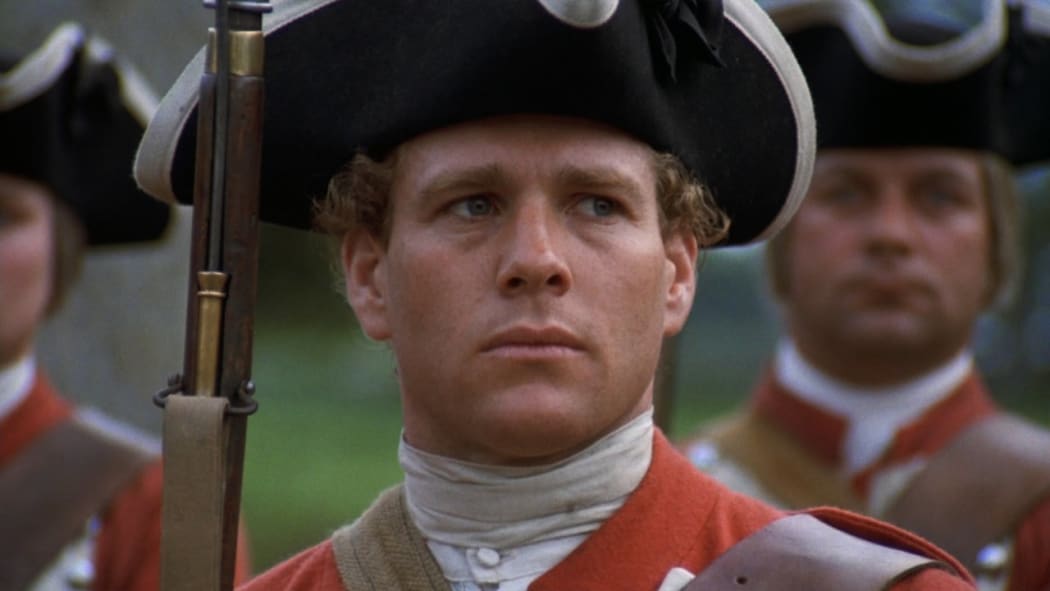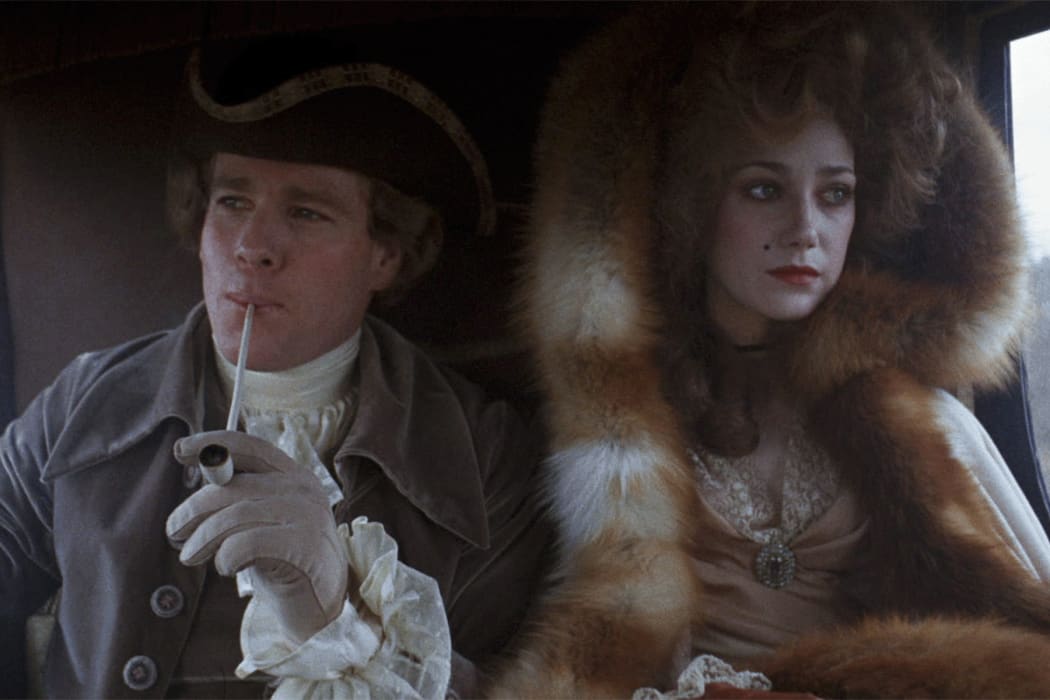Dan Slevin has made it to the three films rated as equal-45th in the Sight & Sound list of the greatest films of all time and the big-hitters have arrived.

Photo: Warner Bros.
Stanley Kubrick’s reputation as a technological perfectionist would be greatly enhanced by his 1975 adaptation of Thackeray’s novel The Luck of Barry Lyndon but to focus, as it were, on the remarkable developments in cinematography employed by Kubrick and DOP John Alcott is to miss the wood for the trees.
Because, for all the wonderful painterly compositions and candlelight tableaux, it is the work of the actors and the wit of the script that really makes the film sing. Love Story star Ryan O’Neal is a kind of blank canvas as Barry, surrounded by a catalogue of Britain and Irelands’s greatest character actors, all contributing to a wry commentary on class and ambition.
The film charts Barry’s rise and fall, from handsome and rogueish social climber to disabled and all-but destitute, living off the charity of those who he had once tried to emulate. There are many adventures along the way – the film is very long in true Kubrickian fashion – but never seems to outstay its welcome. Kubrick’s perfect choices in what we now call ‘needle-drops’ also help: Handel, Mozart, Vivaldi and The Chieftains all contribute.
For all the lightness of touch, though, we shouldn’t dismiss the phenomenal technical achievements in recreating the 18th century world of great houses, ornate ballgowns, battlegrounds and duels. Kubrick had originally wanted to make a film about Napoleon – the research famously takes up dozens of crates in the filmmaker’s archive – but the commercial failure of the Dino De Laurentiis epic Waterloo meant that no one was confident in financing that film but the recreations of some absurd Seven Years’ War battles show that research wasn’t wasted.

Ryan O'Neal as Barry in Stanley Kubrick's 1975 film Barry Lyndon Photo: Warner Bros.
Indoors, the development of new lenses and film stocks as well as changes to the very mechanics of the film camera itself, meant that Kubrick and Alcott could shoot in very low light – candlelight almost – but that low light meant that the camera had to remain very still. The results were painstakingly beautiful.
Like a lot of Kubrick’s work, critics and audiences took a while to catch up and Barry Lyndon was not an immediate success. It would be another five years before his next film and The Shining was chosen as having much more commercial potential. So it proved.
But Barry Lyndon at over three-hours long is still a big ask for an audience but one that provides rewards to match the commitment. There is an intermission built int to the structure. Use it.

Ryan O'Neal and Marisa Berenson in Stanley Kubrick's 1975 film Barry Lyndon Photo: Warner Bros.
It’s a film I like to return to but, like many fans, the controversy over the correct aspect ratio for the film haunts every re-watch. The most commonly available Blu-ray presents the film at 1.85:1 but there is a letter from Kubrick to projectionists asking for them to project it in an intended ratio of 1.66:1 (squarer, the ratio he used for the earlier Clockwork Orange). That 1.66:1 ratio is the one featured on the Criterion Collection Blu-ray which is only available in New Zealand as an import, but we really are splitting hairs at this point. The film works in either ratio, my most important piece of advice is to turn all the lights off and recreate the cinema experience as closely as possible.
In researching this piece, I recalled that I had already raved about the film for RNZ – back in 2012 on the Summer Nights programme.
Barry Lyndon is available as a high-definition digital rental from Apple and can still be rented on Blu-ray from Alice in Videoland (Aro Street Video has the DVD). Dan’s copy is from the 2011 Kubrick Visionary Filmmaker box set which also contains Lolita (1962), 2001: A Space Odyssey (1968), A Clockwork Orange (1971), The Shining (1980), Full Metal Jacket (1987) and Eyes Wide Shut (1999). There’s another (newer?) box set called The Masterpiece Collection which also includes Dr. Strangelove or: How I Learned to Stop Worrying and Love the Bomb (1964). Both of those boxes will have to be imported now and won’t be cheap.
Dan Slevin is spending 2023 watching each of the Top 50 Greatest Films of All Time (according to the BFI/Sight & Sound magazine).

